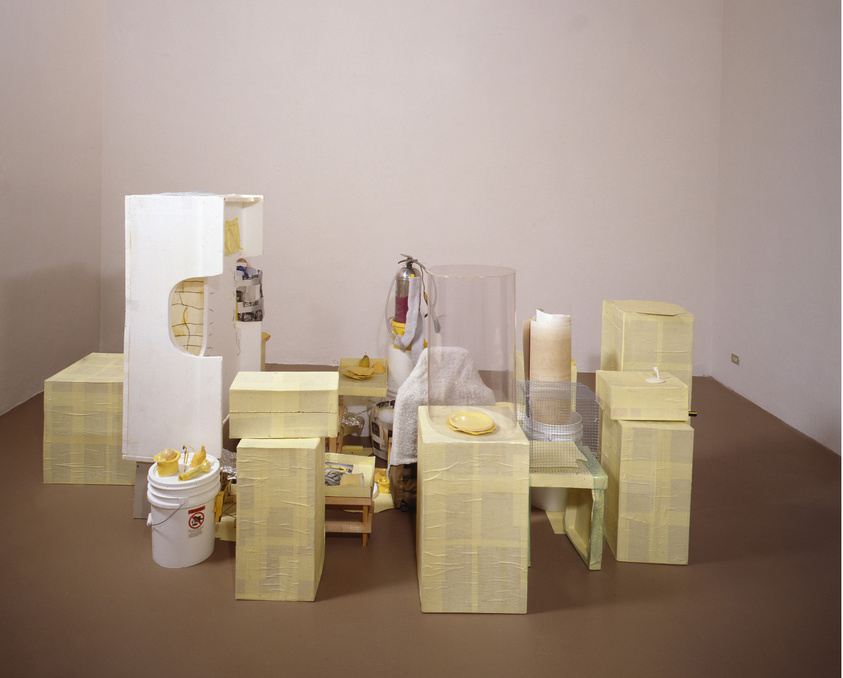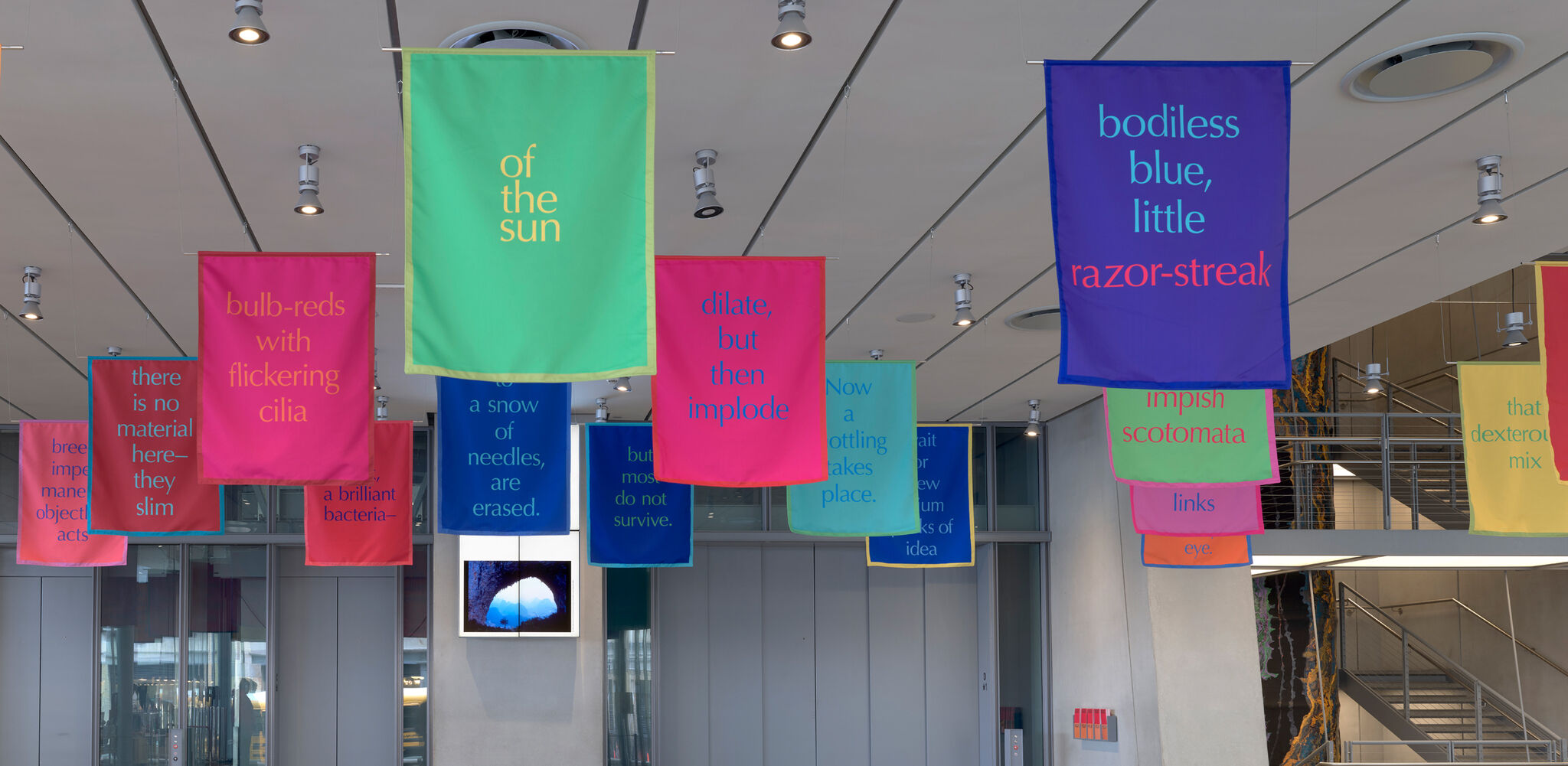Jason Rhoades, Caprice
Mar 10, 2022
0:00
Jason Rhoades, Caprice
0:00
Narrator: Jason Rhoades died in 2006. Adrienne Edwards is the Engell Speyer Family Curator and Director of Curatorial Affairs at the Whitney. She says she selected his work for inclusion in the exhibition because it speaks to the current cultural moment.
Adrienne Edwards: The Caprice is a car that Jason was immediately drawn to, the fact that it had served as the car for so many federal and state employees, particularly the police, that it also was a car that was converted from a police car into taxis. And we think about how the gig economy has, in a city like New York, impacted the taxi industry. There have been real calamities around that, so here's a work that he created in the nineties that actually was quite prescient and relevant to today.
But also that it was about an almost romantic idea about the engine and mobility and expansion and the way it’s all bound up in our ideas of freedom and also individuality. And I think for Rhoades it’s not about a kind of emotional attachment to cars or any one car, but it’s about them as machines and as tools. Making the work, the car becomes this liminal space for him, between his studio and then all the places he would go visit to source materials all over Los Angeles for his installations.
It could be very easy to ask: why put Jason Rhodes in the Biennial at this moment? There was an article in The New Yorker in 2017 and the title of this piece is “An L.A. Artist Who Anticipated Our Trumpian Moment.” And I remember seeing that and thinking that that was precisely right.
Narrator: Rhoades described the project to the curator Hans Ulrich-Obrist, while driving in one of the cars.
Jason Rhoades: They are based in tools, the idea of a tool for perception or a vehicle for thinking. You know like a vehicle as a, not a motorized vehicle necessarily, but like a medium. You know like in paint is powder right and you use a medium which is either an oil or linseed, you know the vehicle which the color is transported in. So I use it, my interest is in how and what and why it transports things and how it can be used as a tool for certain perceptions. The tool for hauling physical things, a tool for hauling mental things and also a tool to be used to propel yourself through space. I mean I look at objects, I mean I’m incredibly interested in Duchamp in that way, I mean he put the readymade into an art context but then I believe we can put it back to work, to where objects can have simultaneous meanings, simultaneous levels, at all points in time, you know the object that you buy at the store, the gesture of buying it is an incredibly sculptural gesture, and the gesture of consuming it, putting it in your car, the gesture of opening the box, the gesture of putting it in the work of art, you know is all very, very important part of sculptural process.


